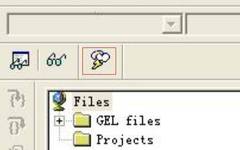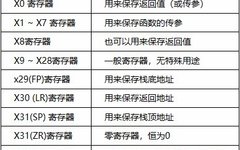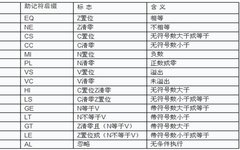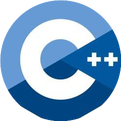The Ultimate Guide to Microcontrollers
Source: Semiconductor Industry Alliance MCU is the abbreviation for Microcontroller Unit, commonly known as a microcontroller. It reduces the frequency and specifications of the CPU appropriately and integrates memory, counters, USB, A/D converters, UART, PLC, DMA, and even LCD driver circuits onto a single chip, forming a chip-level computer for different application scenarios. MCU can … Read more









